Global management consulting firm Mckinsey & company’s apparel, Fashion, and luxury group in a report released in 3029 mentions how luxury brands will have their biggest opportunities in a Chinese market where is accounted to behalf of the world’s luxury consumption.
In this article, we will give some significant principles that every brand should pay attention to, and show a few cases of companies that deserve learning.
Need a cost effective TP (Tmall Partner) to sell in China?
We are an Official Tmall Partner e-commerce Agency. Our Services: E-Commerce, Search Engine Optimization, Advertising, Weibo, WeChat, WeChat Store & PR.
Understanding your Customers
As the world watches China for signs of an economic slowdown, and the impacts this might have on the country’s consumer market, reports show us how young Chinese are driving the luxury market.
The Asian luxury consumer market continues to grow and has become one of the fastest-growing markets in the world. China’s luxury consumption is the most prominent. In 2017, China’s luxury goods sales reached $22 billion, an increase of 21% year on year.
in 2018, Chinese consumers at home and abroad accounted for $115 Billion, or 32% of a global market for high-end shoes, bags, fashion, jewelry, and watches.
by 2025, those numbers are expected to increase to 1.2 trillion RMB accounting for 65 percent of global growth and taking Chinese consumers of worldwide spending to 40 percent.
In this age of the Internet, it is vital to have a comprehensive understanding of the characteristics of the region where you want to acquire strong brand equity. Take Christian Dior as an example, in 2016, Dior sold handbags on WeChat for the first time on Chinese Valentine’s Day, which represented that the digital marketing of luxury brands is becoming mature and large-scale at Tanabata. Dior captures the trend of social marketing in China and specializes in the delivery of brand value through the social media platform WeChat, one of China’s most popular social media platforms.
Remember, you need to find your consumers, transfer your brand values, and enter their minds. Let’s look at the special consumer groups with the most potential for consumption.
Chinese Millennials enjoy buying Luxury Items
Young is capital, and the consumer market of young people is an incremental market. This is becoming more and more obvious in the field of luxury consumption. According to the World Luxury Association, the average age of Chinese luxury consumers has fallen from 35 to 25.
The millennial generation (born 1983-1997), currently between the ages of 21 and 35, has become the main driving force behind the growth of the luxury goods market, and its consumption behavior has also taken on new features: buying luxury goods earlier and buying more frequently. The average frequency of purchases of luxury goods by Millennials in 2017 was as high as 8 times, while the other people only had 5 times, which really became the “new upstart” for luxury goods.
Additionally, in keeping with the word “young”, millennials prefer the “new” and “seasonal” luxury goods. The products must be the latest and the most fashionable, and the purchase pace should be faster and more convenient. At the same time, they rely more on digital channels such as mobile phones to learn about luxury goods.
For luxury goods companies, it is important to understand the consumption habits of Millennials, increase interaction with them, and transform them from new customers to loyal customers.
Online Marketing Guidelines for Luxury Brands in China
When you choose an online marketing channel, you need to pay attention to providing consumers with an engaging and impressive experience, and there are still some guidelines to follow.
RICH AND FASCINATING EXPERIENCE
Most Chinese spend most of their time on the Internet and rely heavily on mobile services. According to Ericsson’s second-quarter data for 2018, the number of mobile phone users worldwide (calculated by a number of mobile phone cards) reached 7.8 billion, an increase of about 2% year-on-year. This means that luxury brands can interact with most consumers online, but this also requires them to offer a more interactive marketing model that allows your consumers to move from one of your social platforms to another platform.
PROVIDE CONVENIENT SERVICES ON YOUR CHINESE WEBSITE
In this fast-paced world, everyone wants to communicate with others through an effective and efficient instant message. Especially the luxury customers, who like an efficient buying experience and cannot stand the slow speed of webpage opening, messed website menu. So if you want to acquire more potential customers, you need to keep the purchase process simple and convenient on your website and don’t waste your customer’s time and efforts.
UNIFY THE OFFLINE AND ONLINE EXPERIENCE
While it is important to maintain marketing integration through digital marketing, luxury brands should also pay attention to online and offline integration. This is because many customers often combine the online and offline channels before buying luxury items, which we always called O2O(online to offline or offline to online).
For example, a customer wanting to buy a luxury car is more likely firstly search for some information about different brands, and different features of quality cars. Then if he is interested in certain brands, he will go to the physical store to see if they really have excellent performance and to test them. Eventually, he will decide which car to buy based on his online information and offline experience.
So every luxury brand should provide quality and engaging content on the website, and give customers a personal experience. At the same time, they should adopt novel ways to attract customers to visit the store.
EMPHASIZING LIFESTYLE
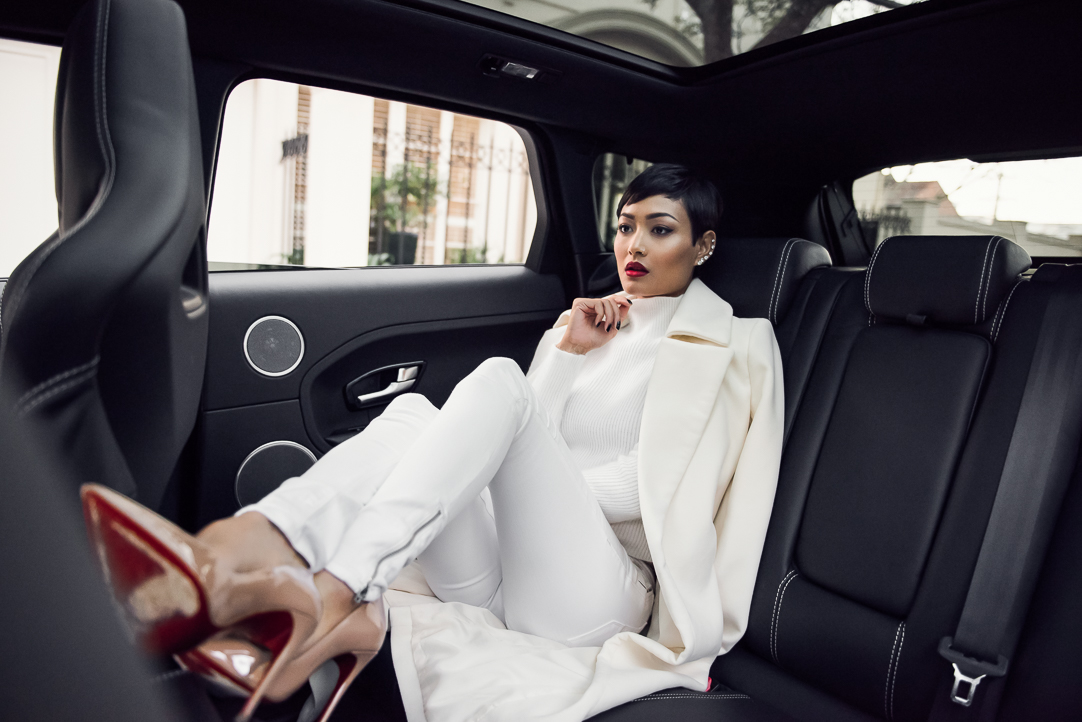
Luxury consumers buy more than just a product, they buy a lifestyle. Consumers express themselves through brands, and they often use products to symbolize their preferred lifestyle and attitudes.
According to Maslow’s hierarchy of needs, many luxury consumers are no longer in need of meeting their most basic material needs. They usually look for products that meet the highest level of self-fulfilling needs. So you need to convey the tone and attitude of the brand to the public.
LUXURY BRANDS IN CHINA NEED STORYTELLING
Most of the time, what impresses consumers are not the product itself, but the story of the brand. A good story allows consumers to keep sharing with their friends and find resonance in this story.
Burberry is proficient in the field, it creates an eye-catching video that related to their history, the process of production, and elegant lifestyle. No matter what you are selling, you all need to deliver a true, emotional story, which can capture your customer and reach their heart.
Gentlemen Marketing Agency
There are some principles you need to follow when you conduct digital marketing. By providing attracting engagement with customers, impressive storytelling, and deliver your brand lifestyle that matches customers’ desires, you can build a good brand image, gain strong brand equity, maintain your dominance in the existing market, expand to an overseas country, and acquire new customers in different parts of the world.
Further Readings:

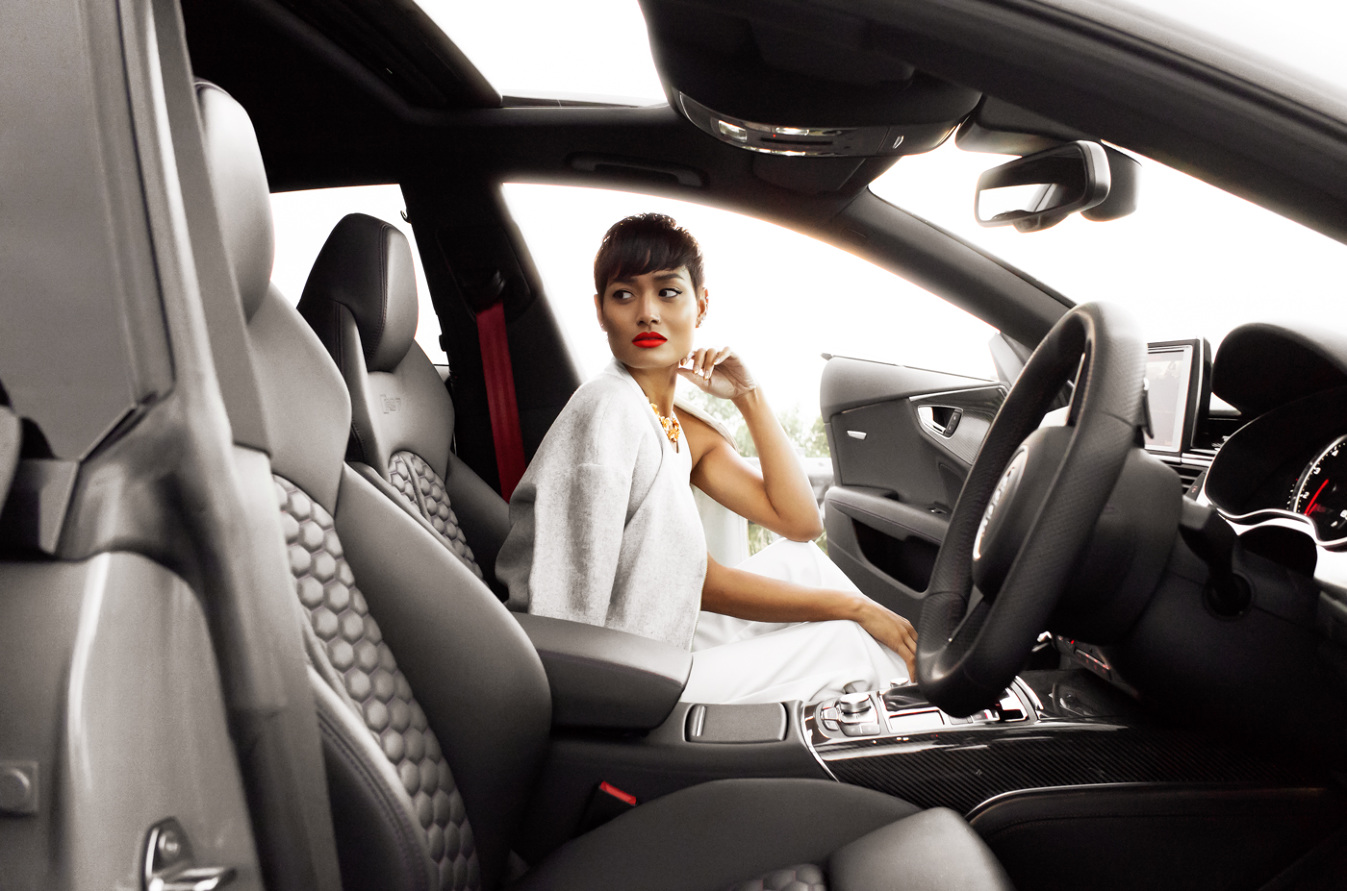

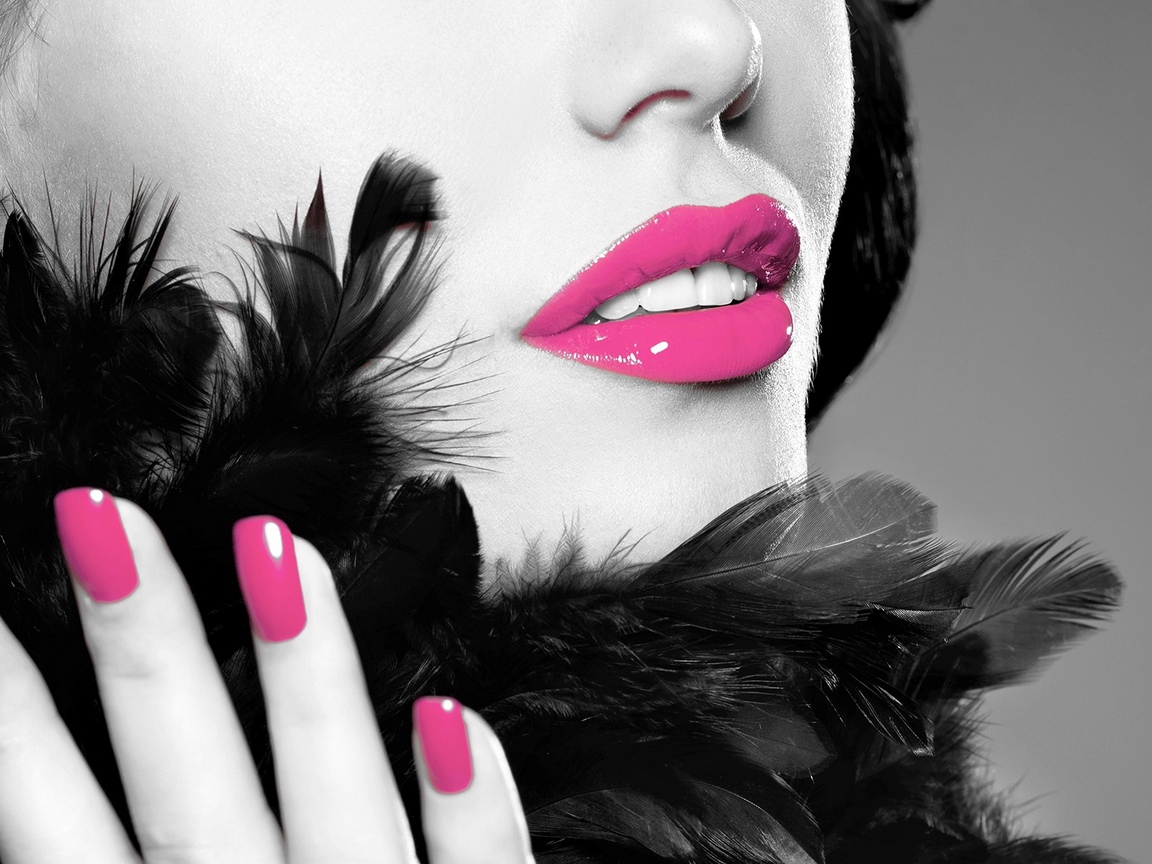


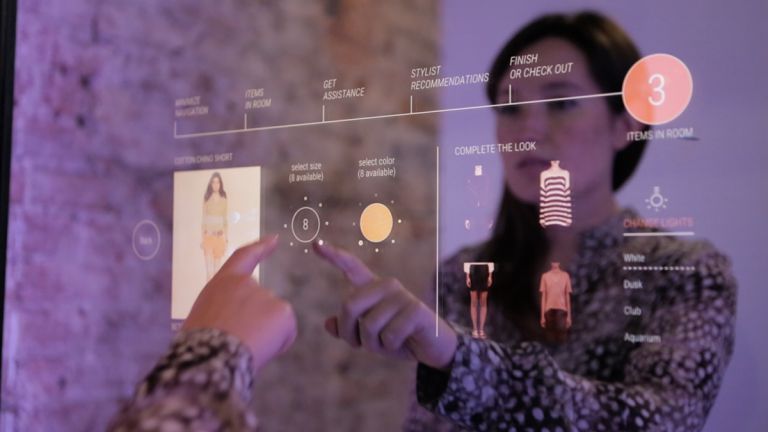
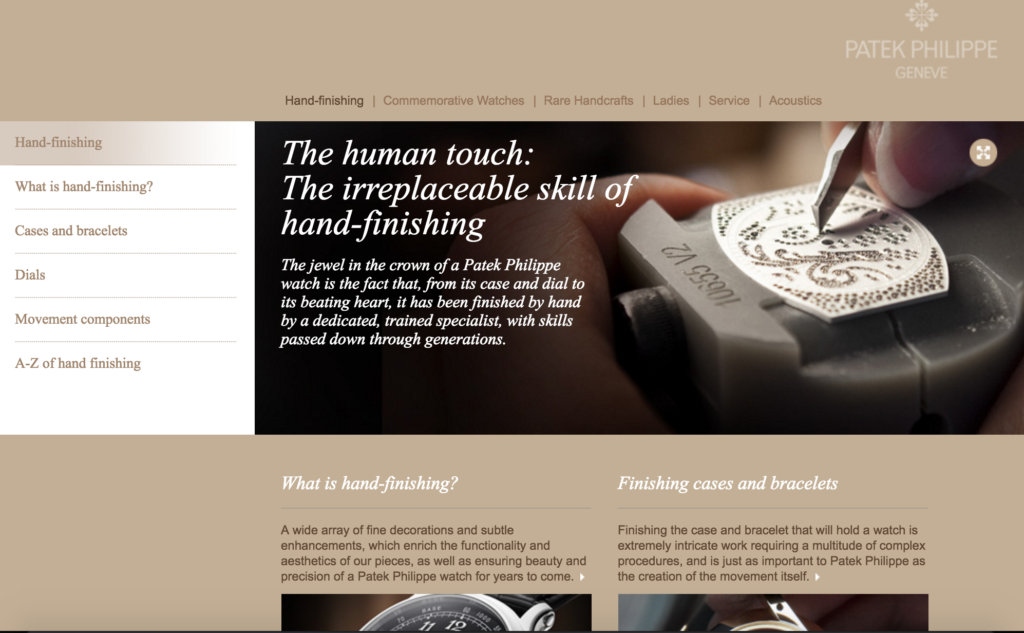
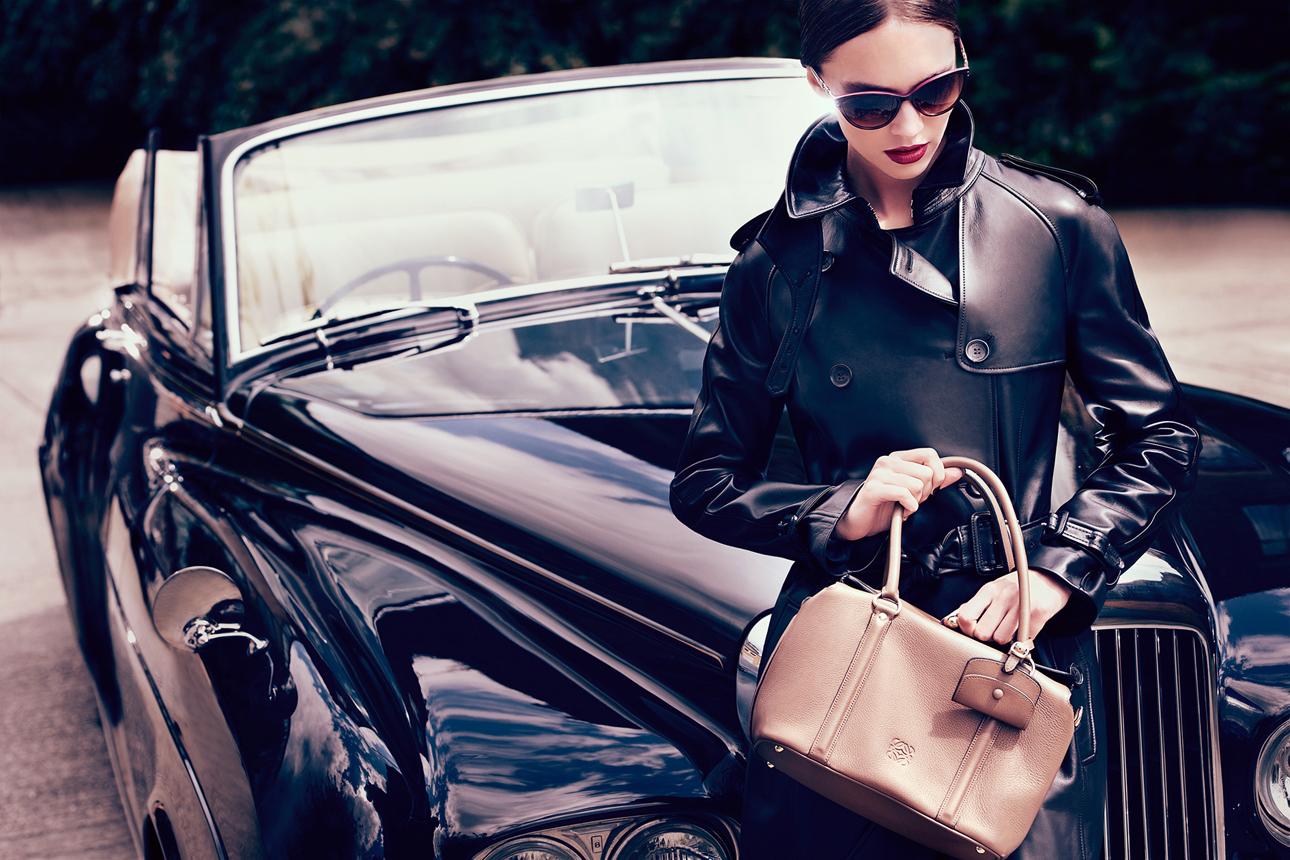
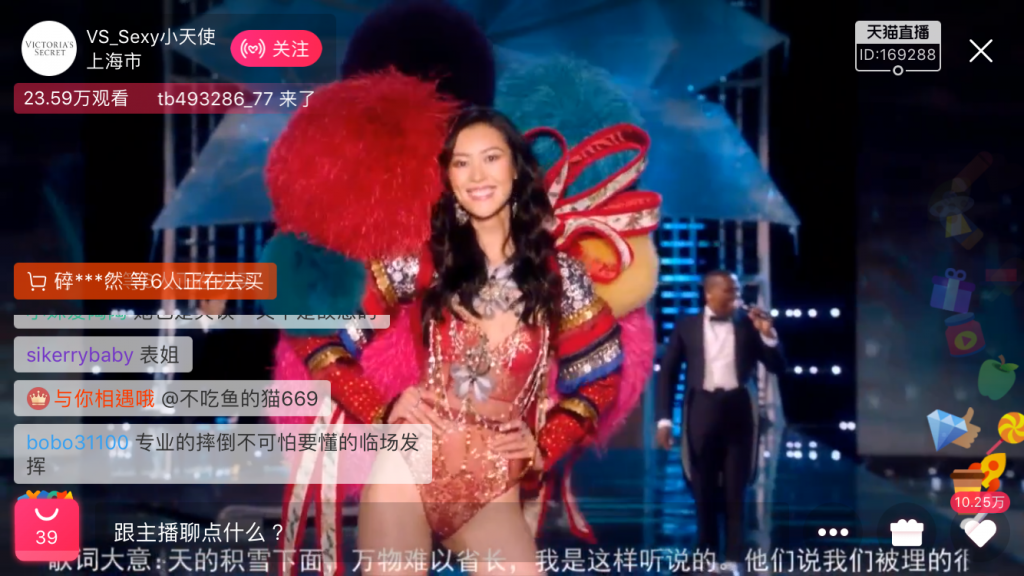

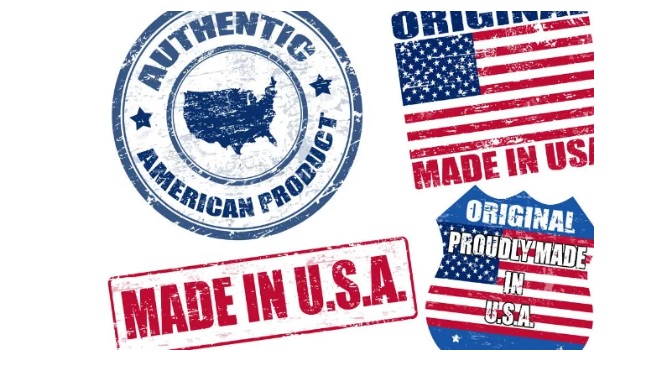
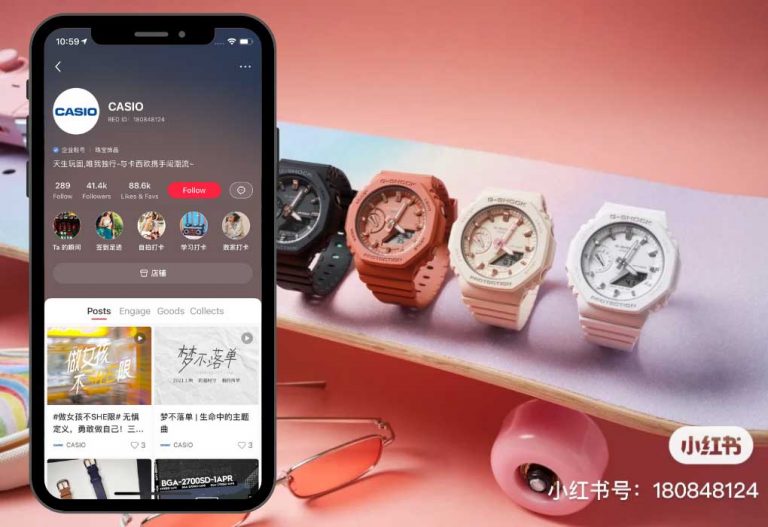
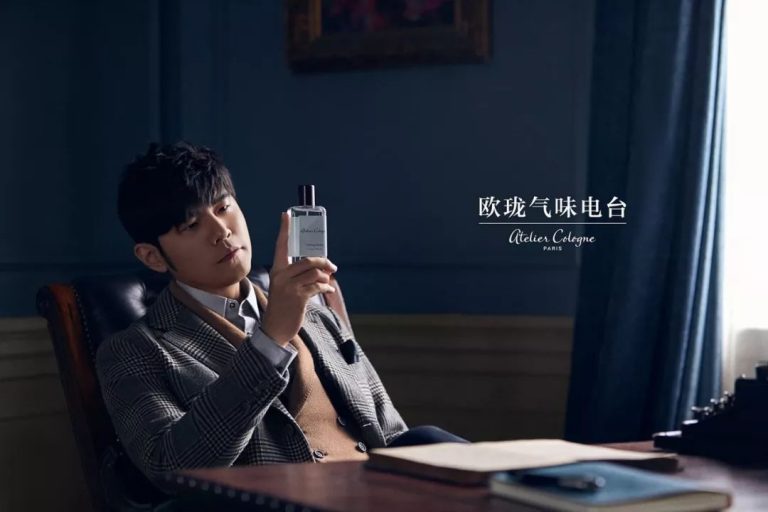
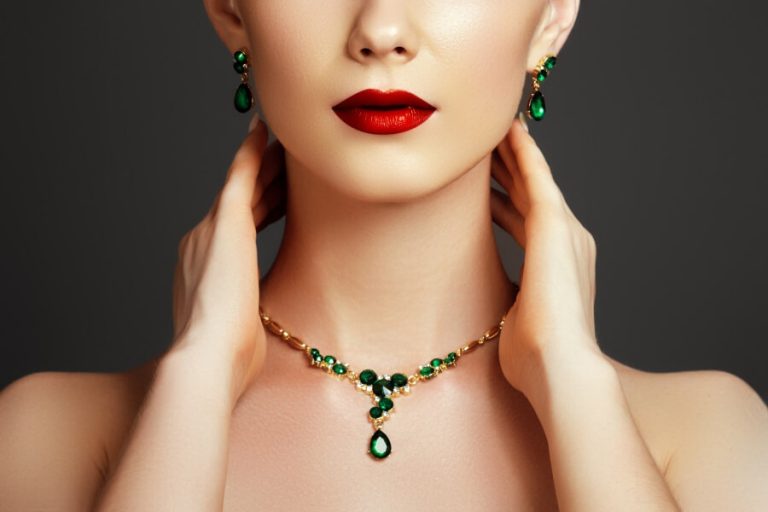


Really informative article I find that Brand Gucci is doing a very good job, speciallyon WeChat. They managed a simple sophisticated style. They provide educational useful localize content, reveal inspirations for their designs, find resonances between Italy and China,Really popular amnog new Chinese young elite society through a language mixing casual referenced and original expressions.
Great post.